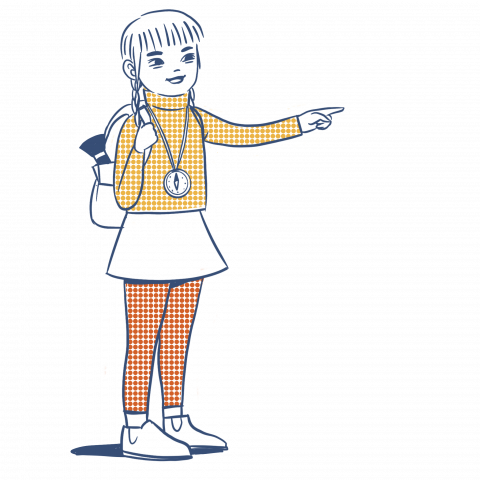Emotional intelligence and transition
Transition can be an emotional time. It is also a time that can challenge the emotional intelligence of many of us. Many researchers agree that an essential element of a child or adolescents' psychological readiness to change or enter a new school is based on the level of emotional maturity and emotional intelligence required to participate in new social interactions and learning environments (Adeyemo, 2005; Qualter et al, 2007).

Psychological readiness for transition requires a child or adolescent to recognise and understand their emotions, understand the emotions of others, and express their emotions in a way that is appropriate for the situation and context. For example, a child who is emotionally intelligent can self-regulate in both positive and negative situations. Positive feedback from a teacher will make most students feel happy, but not all children will run around screaming with excitement! In the same way, critical feedback from a teacher may make a student very unhappy, but being able to manage their emotions allows a more constructive conversation to be possible. This will not be possible if the student lashes out by yelling or kicking the bin across the room.
It is important to model emotional intelligence to young people, through our interactions with others. It is also important to know we don't always get it right, and know we can talk about this too. Being able to understand when we feel triggered or stressed, and identifying trusted friends to share these insights with, can help with our self-regulation and ability to cope difficulties.
In times of stress, emotional intelligence can reduce. This is common and VERY normal. There are many useful resources that can help you to continue to improve your own emotional intelligence, and to model these behaviors to your students and families. Practising on friends and family is a fun way to get started.
The De-escalation map from Berry Street (PDF, 112KB) is a great resource to help you support students to model appropriate behaviours